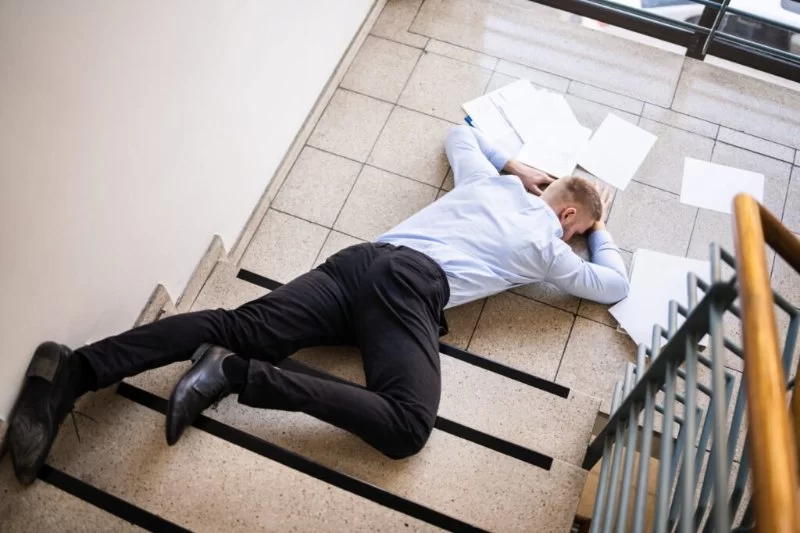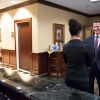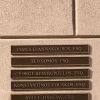- 1-What-Premises-Liability-Means-#what-premises-liability-means
- 2-Common-Causes-of-Slip-and-Fall-Cases-#common-causes-of-slip-and-fall-cases
- 3-Property-Owner-Responsibilities-#property-owner-responsibilities
- 4-Real-Stories-of-Slip-and-Fall-Claims-#real-stories-of-slip-and-fall-claims
- 5-Proving-Liability-in-Court-#proving-liability-in-court
- 6-Potential-Compensation-for-Victims-#potential-compensation-for-victims
- 7-When-to-Seek-Legal-Advice-#when-to-seek-legal-advice
- 8-How-Fred-Miller-Lawyer-Can-Help-#how-fred-miller-lawyer-can-help
What Premises Liability Means
1. Defining the concept
Understanding premises liability in slip and fall cases begins with recognizing that property owners have a legal duty to maintain safe conditions for visitors. When they fail, accidents can lead to injury and liability.
2. Applicability
This legal principle applies to both commercial and residential spaces—from supermarkets and restaurants to apartment complexes and private homes.
Common Causes of Slip and Fall Cases
1. Hazardous conditions
Wet floors, uneven sidewalks, broken stair rails, and poorly lit areas are some of the most common causes of slip and fall incidents.
2. Neglect over time
Some accidents occur because maintenance was ignored—like failing to clear ice from walkways during winter or not fixing loose carpeting in hallways.
Property Owner Responsibilities
1. Duty of care
Owners must take reasonable steps to identify hazards, warn visitors, and make repairs in a timely manner. Ignoring these duties can make them legally responsible for resulting injuries.
2. Foreseeability
Court cases often hinge on whether the hazard was foreseeable and whether the owner acted responsibly to prevent accidents.
Real Stories of Slip and Fall Claims
In one notable case, a shopper in Texas slipped on a spilled drink in a grocery store and suffered a back injury. The court found the store liable because staff failed to clean the area despite repeated warnings. Another case involved a tenant who broke an ankle on a poorly maintained staircase—holding the landlord accountable for neglect. These stories illustrate the real impact of negligence.
Proving Liability in Court
1. Evidence matters
Photos of the hazard, witness testimony, and medical records are critical to building a case. Without clear evidence, claims may be dismissed.
2. Legal standards
Plaintiffs must prove that the property owner knew—or should have known—about the unsafe condition and failed to address it.
Potential Compensation for Victims
1. Medical expenses
Compensation may cover hospital bills, rehabilitation, and ongoing treatment costs. Victims often face long recovery periods that add financial strain.
2. Other damages
Lost wages, pain and suffering, and reduced quality of life are also commonly included in slip and fall settlements or verdicts.
When to Seek Legal Advice
1. Timing is critical
Slip and fall claims are subject to strict deadlines. Speaking with an attorney early ensures victims do not miss important filing windows.
2. Protecting your rights
Even in seemingly straightforward cases, legal complexities can arise. Professional advice can prevent costly mistakes.
How Fred Miller Lawyer Can Help
1. Guidance through complexity
Fred Miller Lawyer provides experienced support for victims of slip and fall accidents, helping them navigate evidence, court requirements, and negotiations.
2. Maximizing outcomes
With expert legal assistance, victims can better understand their rights and pursue fair compensation. Fred Miller Lawyer connects clients with tailored services that improve their chances of success.


 canlas law group
canlas law group car accident lawyer manassas va
car accident lawyer manassas va bay ridge pc richards
bay ridge pc richards jmd law
jmd law good guys injury law
good guys injury law immigration lawyer in kendall miami
immigration lawyer in kendall miami